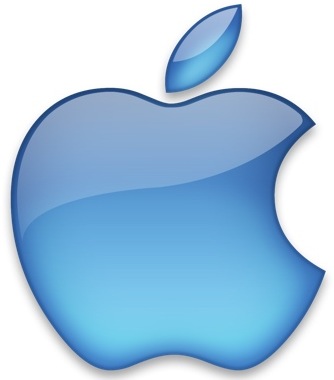Open Rack solves a number of ongoing problems of traditional data center server racks

Facebook has taken delivery of the first set of innovative server racks it helped design, technology that the company hopes other organizations with large data centers will adopt.
The prototype racks represent some of the first significant tangible gear from a year-old multicompany effort, called the Open Compute Project, to drive down costs and improve data center hardware, namely by open sourcing the designs.
[ Also on InfoWorld: 5 storage servers battle for business; find out which one prevails in Test Center's NAS shoot-out. | Keep up on the day's tech news headlines with InfoWorld's Today's Headlines: Wrap Up newsletter. ]
"I'm embarrassed to say but it was kind of emotional to see the Open Rack" units, said Frank Frankovsky, Facebook vice president of hardware design and founding board member of the Open Compute Project. "We had been working on Open Rack for a long while."
In April 2011, Facebook launched the Open Compute Project, an initiative to apply the open-source software collaboration model to the world of data center hardware. With this project, buyers of data center equipment could collaborate to design products, or at least the specifications for products, that they would like to see. Vendors can then use these blueprints to build the equipment.
Motherboards, power supplies and electrical subsystems are among the equipment Open Compute is collaboratively designing. A number of manufacturers have signed on and volunteered engineer support, including Asus, Hewlett-Packard, AMD, and Supermicro.
Open Rack can be seen as a test case for this approach. Facebook plans to test the prototypes over the next few months, and, if they work as planned, the company will start using them in its data centers by early next year, Frankovsky said. "From 2013 forward, every rack we deploy in our data centers will be Open Rack," he said. Thanks to how the rack design is freely available under an open-source license, any manufacturer can produce these racks for Facebook or other customers.
At first glance, an Open Rack chassis may appear much like any other rack, though these prototypes carry a lot of thoughtful design.
Today, the most widely used racks in data centers are based on the EIA 310-D specification, which wasn't developed for holding computer equipment at all, Frankovsky pointed out. It actually was created during the 1950s to hold railroad signal relays.















